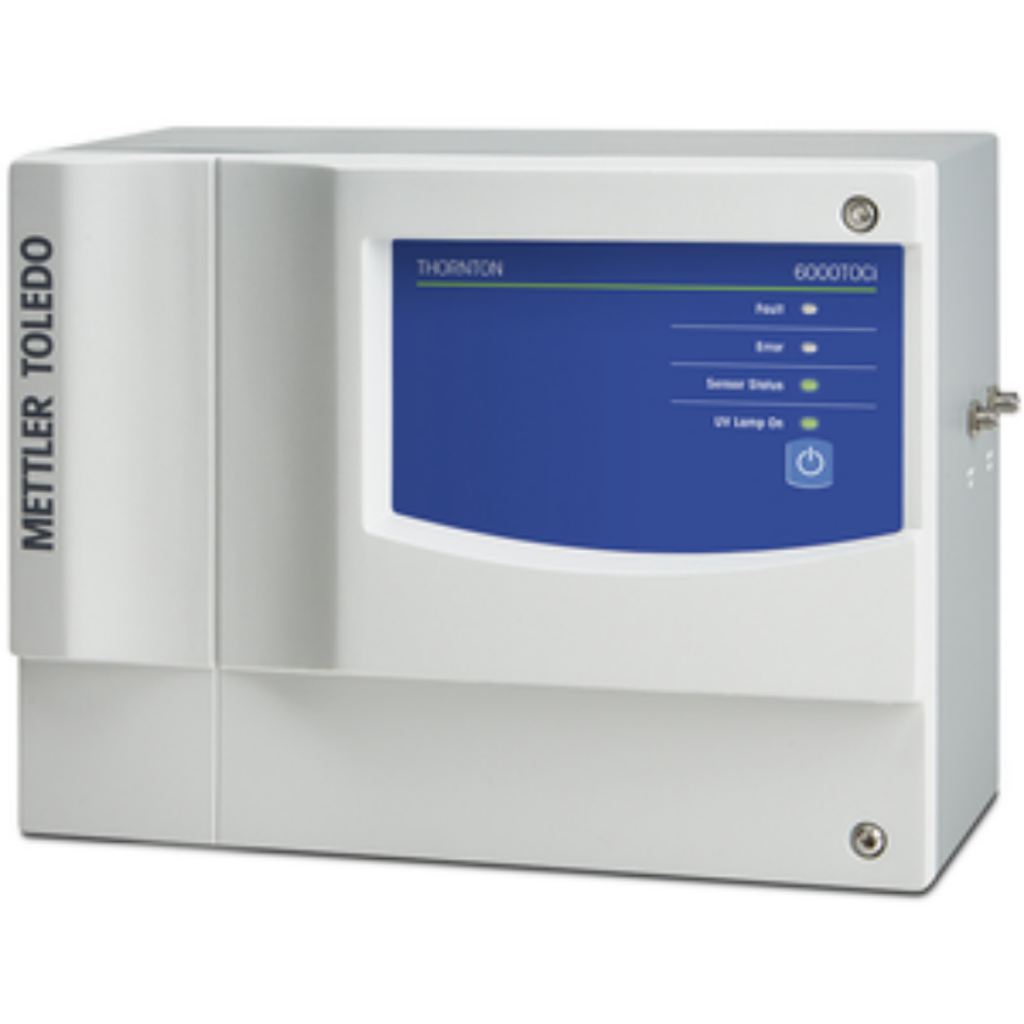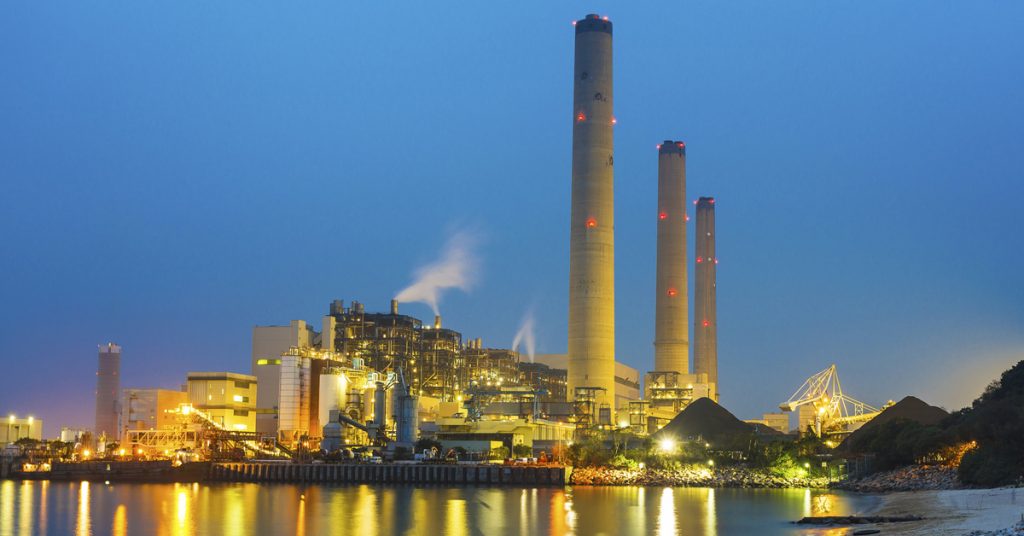Producing pure water in a power plant means removing minerals. However, this purifying process may not necessarily remove all the organic compounds that may be present. These organics can damage power generation equipment and present risks to your entire operation unless you can deal with them appropriately. A total organic carbon (TOC) analyzer is a reliable method for detecting and removing these organics.
Sources of Organic Contamination
Where does the organic contamination come from? Several potential sources are depending on the production process, outlined as follows:
Steam Leaks.
In a power/steam cogeneration cycle, electricity is produced by steam-driven turbines. Steam is diverted to production processes for heat before it is condensed, circulated back to the boilers, and released in power generation. Leaks in the system are the most common sources of contamination to condensate return.
In a power/steam cogeneration cycle, electricity is produced by steam-driven turbines. Steam is diverted to production processes for heat before it is condensed, circulated back to the boilers, and released in power generation. Leaks in the system are the most common sources of contamination to condensate return.
Make-up Water.
Surface water sources inevitably contain high levels of organics compared to groundwater. However, efforts to preserve groundwater reservoirs results in surface water sources being used more commonly for make-up water needs. Reclaimed water and municipal wastewater are also being used as high purity makeup water sources for the water/steam cycle.
The types and concentrations of organics in the surface waters vary, depending on the season. A treatment system using source water with low organic levels one season may deal with high levels in the next. All make-up water goes through a purification process prior to being introduced to power plant systems.
Other Sources of Organic Contamination.
Along with the contamination sources listed above, organic contamination may come from condenser leaks, pump lubricants, and condensate polishing resin products. Organic cycle chemistry additives are another potential contamination source.
Along with the contamination sources listed above, organic contamination may come from condenser leaks, pump lubricants, and condensate polishing resin products. Organic cycle chemistry additives are another potential contamination source.
Effects of Organics in Pure Power Plant Waters
Organic contamination of pure power plant waters can lead to several costly issues. The following are some examples:
- Resins may contaminate makeup and condensate deionizers, leading to more frequent resin cleaning and costly replacement of the same;
- Contaminants may deposit sediments onto heat exchange surfaces, reducing the efficiency significantly;
- Organics break down into acids. The pH of the condensate going into the boiler and turbine is affected, creating corrosion;
- Foam in the boiler makes it more likely that other pollutants will be present in its steam.

Mettler-Toledo 6000i TOC Analyzer Gives You Real-Time Organic Carbon Control
The Mettler-Toledo 6000i TOC total organic carbon sensor provides accurate, ongoing measurement in high purity water applications. With a maximum measurement of 2 uS/cm, it refreshes every second to immediately detect the smallest organic contamination. Manufactured with the end-user in mind, the 6000i’s intuitive interface and flexible Plug and Measure design need no reagents or chemicals for use. The unit’s dependable, reliable design uses UV oxidation technology to give you real-time TOC monitoring of your vital water systems.
The Mettler-Toledo 6000i TOC total organic carbon sensor provides accurate, ongoing measurement in high purity water applications. With a maximum measurement of 2 uS/cm, it refreshes every second to immediately detect the smallest organic contamination. Manufactured with the end-user in mind, the 6000i’s intuitive interface and flexible Plug and Measure design need no reagents or chemicals for use. The unit’s dependable, reliable design uses UV oxidation technology to give you real-time TOC monitoring of your vital water systems.
The Mettler Toledo 6000i TOC Analyzer allows you to get precise control of your water system quickly and easily with measurement updates every second. Its simple design means you keep your maintenance costs down.
Choose the peace of mind that comes from continuous TOC monitoring and accurate results. Jasper Engineering is an authorized manufacturer’s representative for Mettler-Toledo products. We would be happy to share additional information or meet with you regarding the 6000i TOC Analyzer.
Call (800) 776-6184 or e-mail us at sales@jaspereng.com today.
